Key Takeaways
- Fleas are tiny, dark-colored, jumping insects about the size of a sesame seed that quickly move through a cat’s fur.
- Flea dirt appears as small, black specks resembling pepper, which dissolve into reddish-brown stains when wet.
- Common areas fleas hide on cats include the base of the tail, belly, neck, behind ears, armpits, and leg joints.
- Signs of flea infestation in cats include persistent scratching, skin irritation, hair loss, and behavioral changes like restlessness.
- Fleas can cause serious health problems such as flea allergy dermatitis, tapeworms, and anemia, especially in kittens and senior cats.
- Effective flea treatment requires immediate removal using flea combs, baths, veterinarian-approved medications, and environmental control measures like thorough cleaning.
- Regular flea prevention treatments, home cleanliness, frequent inspections, and outdoor precautions are essential to avoid future flea problems.
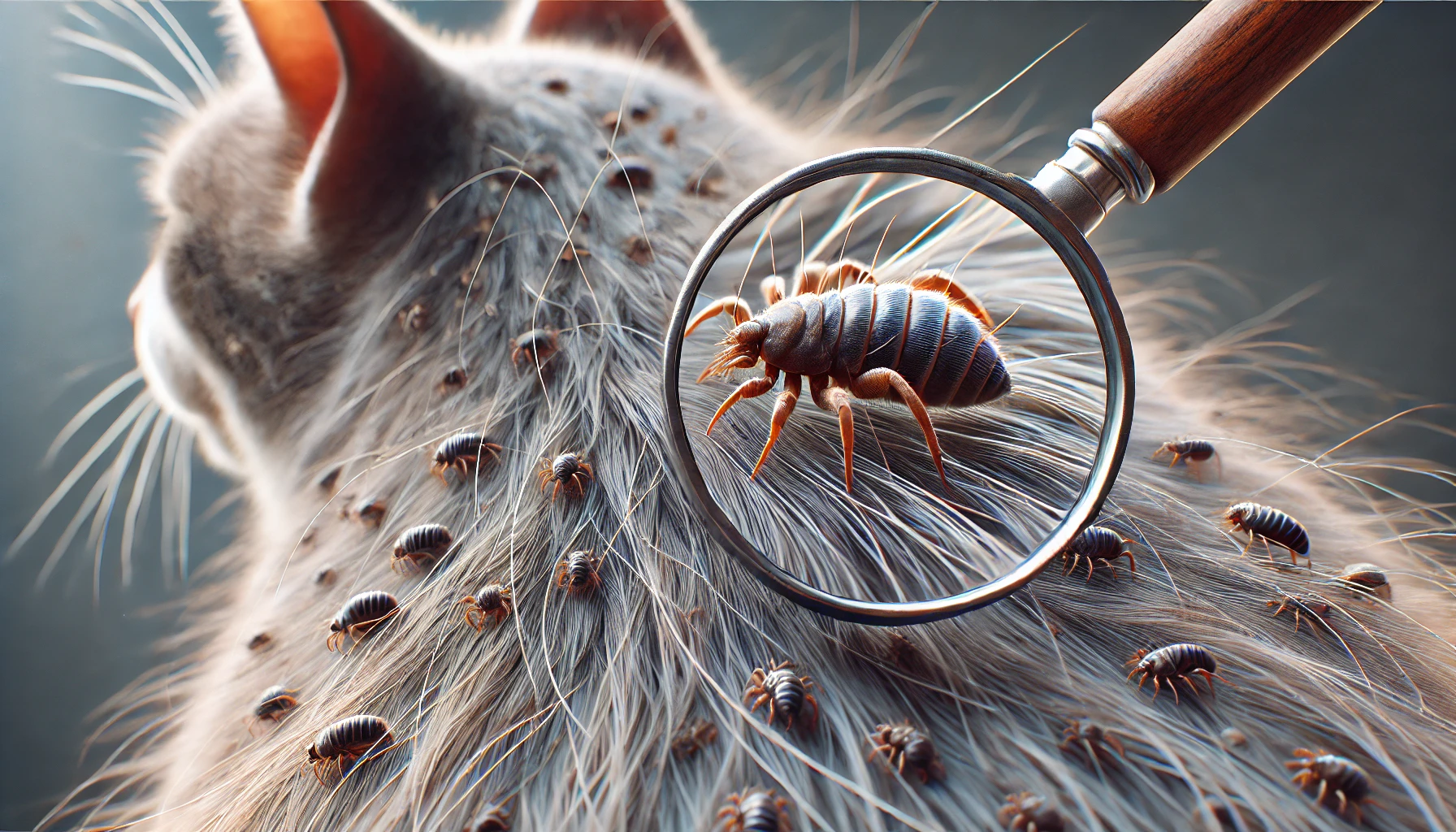 Finding fleas on your cat can be alarming, but knowing exactly what to look for can help you take quick action. Fleas are tiny jumping insects that cause discomfort and can lead to serious health issues. Here’s a straightforward guide on identifying fleas, flea dirt, and other clear signs your feline friend might have fleas.
Finding fleas on your cat can be alarming, but knowing exactly what to look for can help you take quick action. Fleas are tiny jumping insects that cause discomfort and can lead to serious health issues. Here’s a straightforward guide on identifying fleas, flea dirt, and other clear signs your feline friend might have fleas.
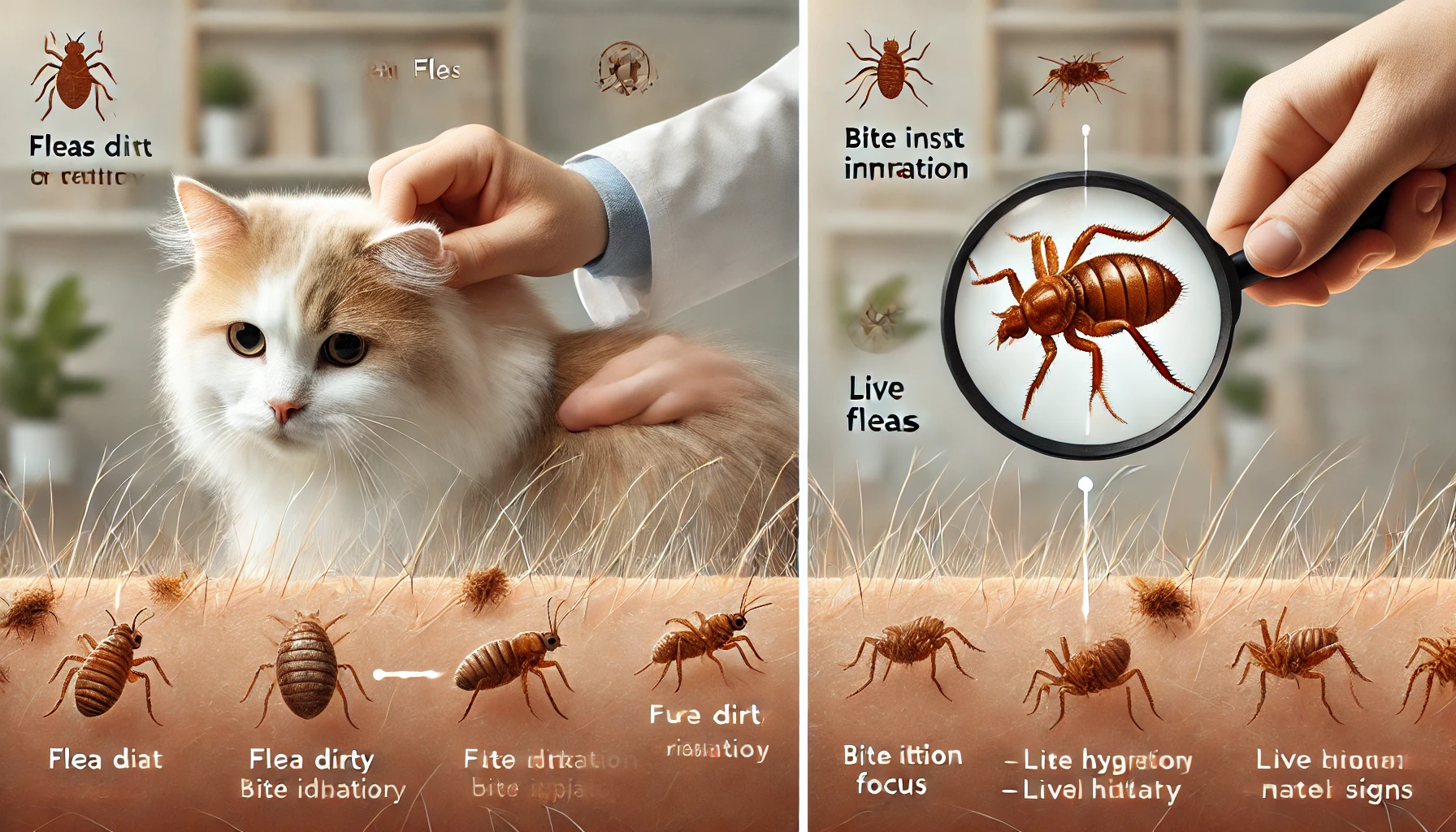

Not getting a solution?
Get your free pest control estimate today!How to Recognize Fleas on Your Cat
Fleas are tiny insects, typically measuring 1-3 millimeters—about the size of a sesame seed. They’re usually dark brown or black, flat-bodied, and wingless. Their bodies are uniquely adapted to allow quick movement through fur. Their powerful jumping ability makes fleas unmistakable; they can leap several inches vertically and horizontally, making them difficult to catch by hand. When checking your cat, you might notice tiny, dark specks swiftly moving through their fur, especially if you part the fur near the neck, base of the tail, or belly. Adult fleas prefer warm areas on your cat’s body, making these spots prime flea territory. Because fleas rush, it’s easy to initially mistake them for dirt or debris. However, their distinctive jumping behavior confirms their identity.
What Is Flea Dirt, and How Can You Spot It?
One of the most common signs of fleas isn’t the fleas themselves—it’s flea dirt. Flea dirt is faeces of digested blood, appearing as tiny, black, pepper-like flakes on your cat’s skin or fur. To confirm these black specks are flea dirt, use the simple “wet paper towel test.” Gently comb your cat’s fur onto a damp paper towel. Flea dirt dissolves into reddish-brown stains because it’s made of dried blood. Regular dirt won’t dissolve or turn red. This simple test is highly effective and can help you quickly verify if your cat has fleas, even if you haven’t seen any insects.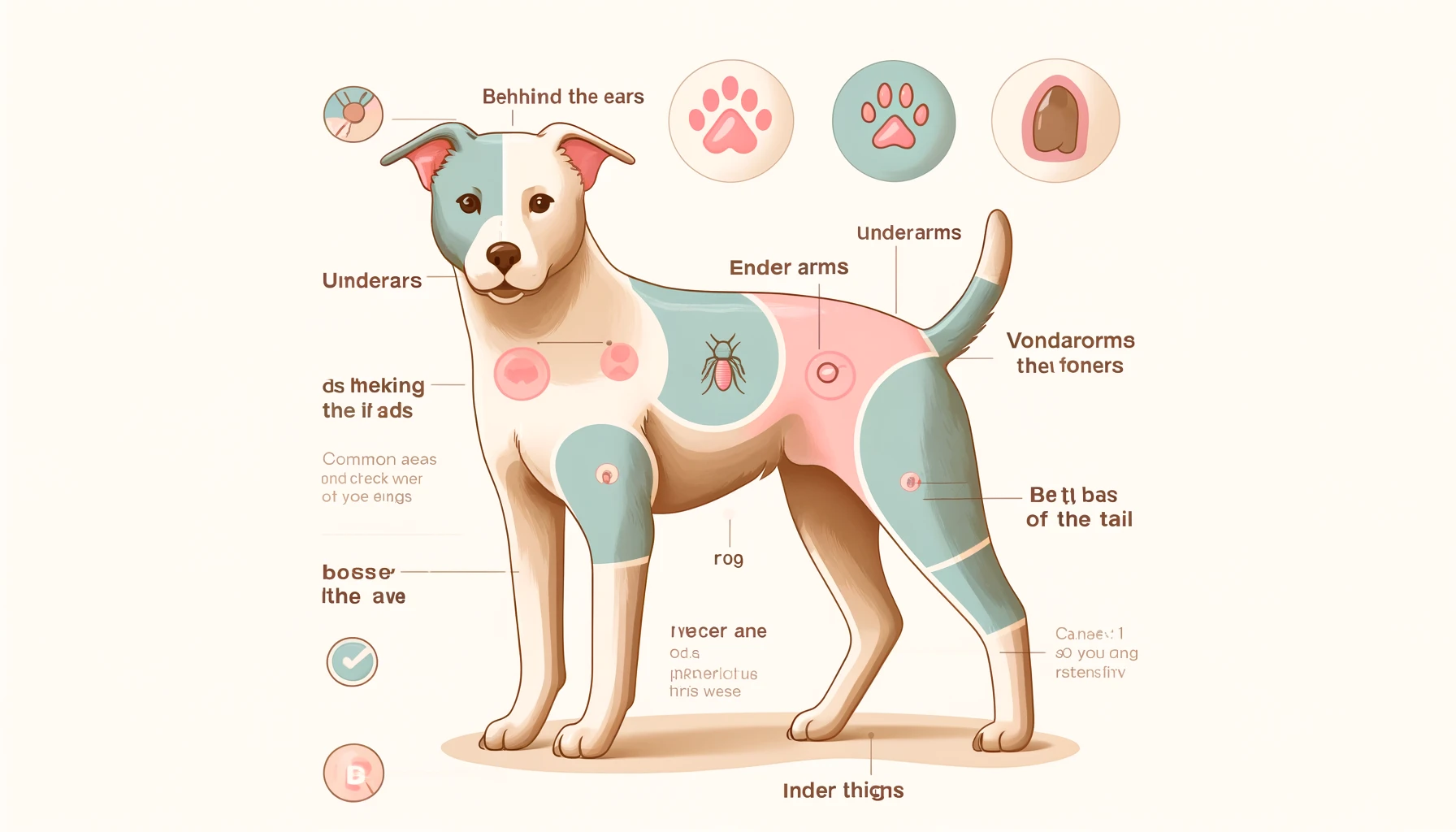
Common Areas to Check for Fleas
- Fleas have favorite hiding spots on cats, and focusing your inspection in these areas can quickly reveal a problem:
-
Base of the Tail: A warm zone where fleas often gather—check with a flea comb regularly.
-
Belly and Groin: Fleas favor thinly furred, warm areas for feeding and hiding.
-
Neck and Behind the Ears: Frequent flea hotspots, especially in more advanced infestations.
-
Armpits and Leg Joints: Hidden and warm, these areas are ideal flea hiding spots.
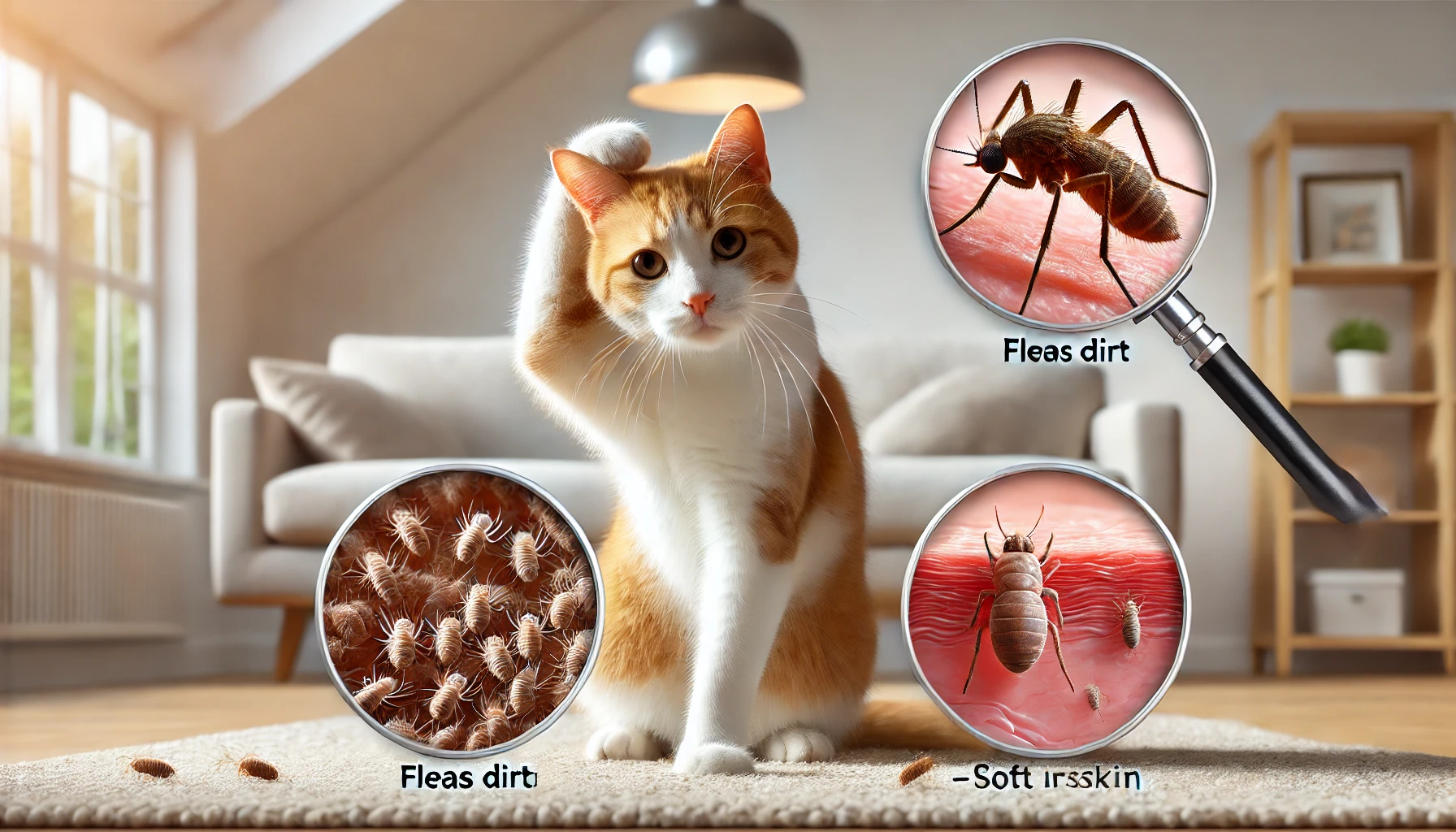
Signs Your Cat Has a Flea Problem
- Beyond actually seeing fleas or flea dirt, cats exhibit explicit behaviors if fleas are biting them:
-
Constant Scratching and Biting: Cats often attack flea-prone areas like the neck, head, and base of the tail due to intense itching.
-
Skin Irritation and Redness: Scratching can cause scabs, sores, or inflamed skin patches.
-
Hair Loss: Fleas lead to overgrooming, resulting in bald spots or thinning fur.
-
Restlessness: Discomfort from bites can make your cat anxious or irritable.
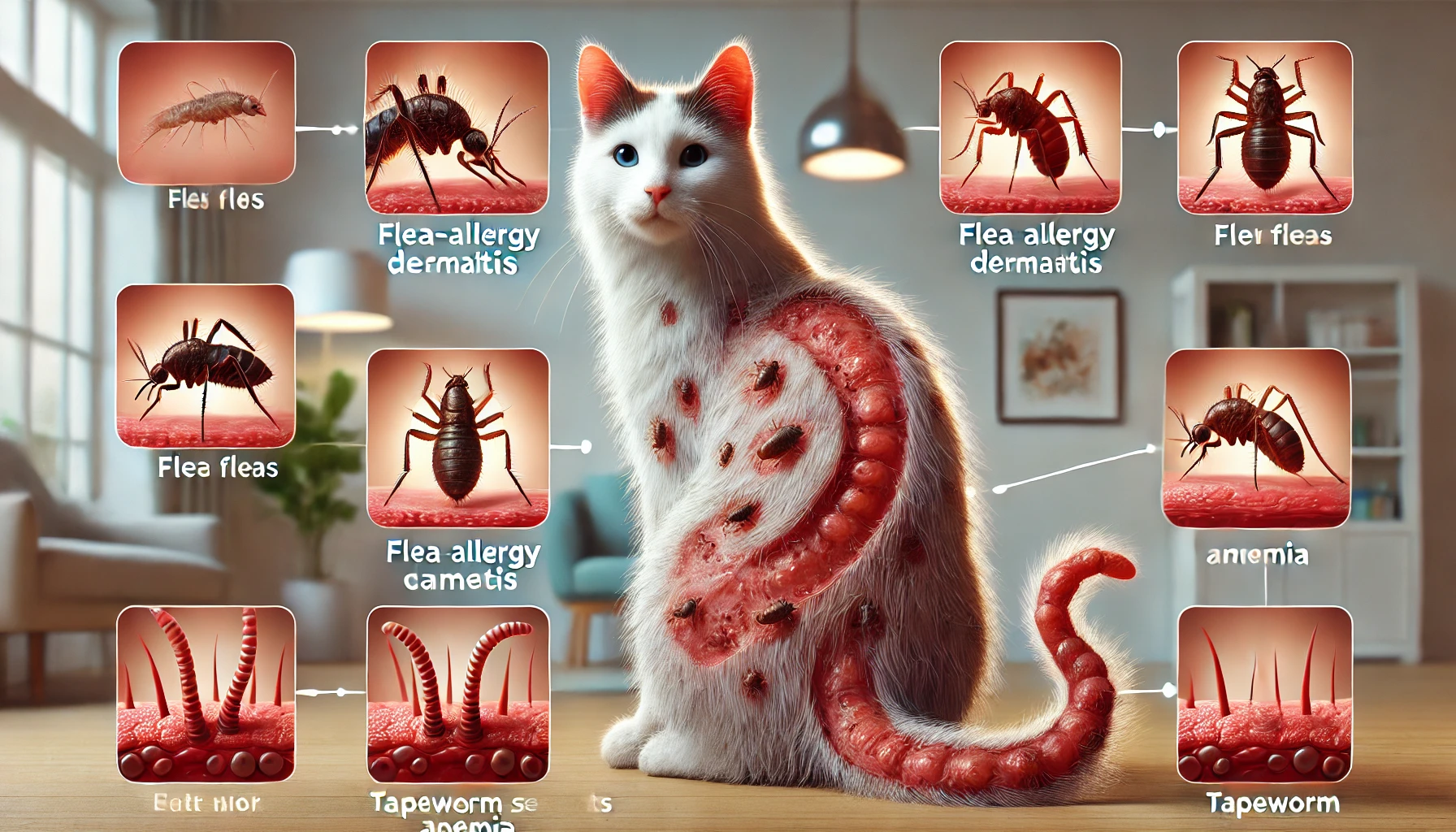
Why Fleas Are Dangerous for Cats
- Fleas are more than a nuisance. They pose several serious health risks to your cat:
-
Flea Allergy Dermatitis (FAD): Even a single flea bite can trigger allergic reactions, causing intense itching and inflammation.
-
Tapeworms: Cats can ingest infected fleas while grooming, leading to internal parasites and nutritional issues.
-
Anemia: Heavy infestations can lead to blood loss, causing lethargy and potentially life-threatening anemia, especially in kittens and older cats.
Treating Fleas Effectively
- Once you confirm fleas, quick and comprehensive treatment is essential:
-
Immediate Flea Removal: Comb through your cat’s fur, focusing on flea-prone zones, and kill fleas using soapy water.
-
Flea Baths: Use vet-approved flea shampoos or mild dish soap to remove fleas and provide relief.
-
Veterinary-Recommended Flea Treatment: Use safe, effective topical or oral treatments to eliminate fleas, eggs, and larvae.
-
Environmental Control: Vacuum, wash bedding in hot water, and clean areas your cat frequents to prevent reinfestation.
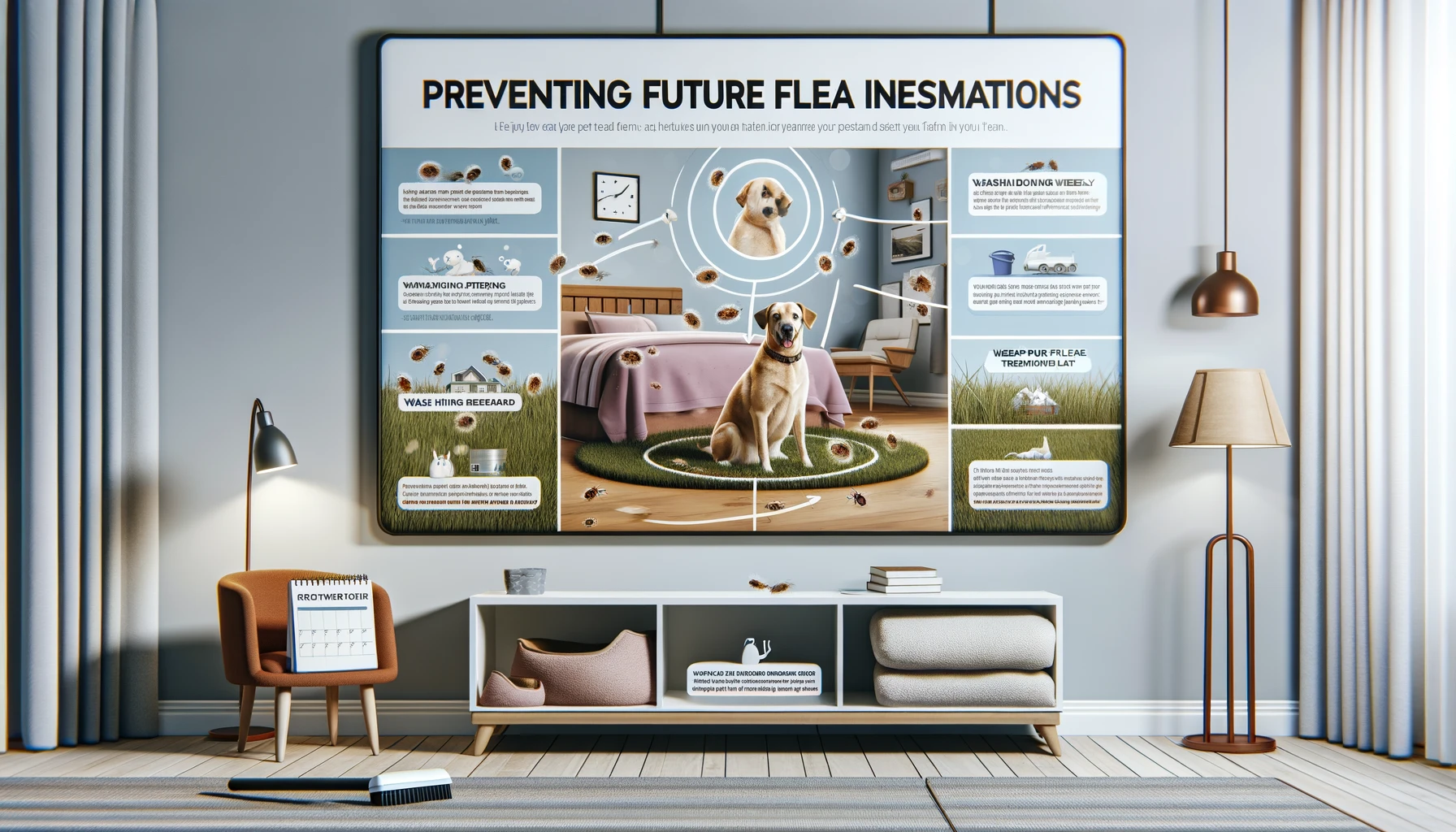
Preventing Fleas in the Future
- Preventing fleas from coming back is equally essential and involves consistent action:
-
Regular Flea Medication: Keep your cat on a monthly prevention plan to guard against future infestations year-round.
-
Keep Your Home Clean: Routine cleaning and vacuuming reduce flea habitats and breeding grounds.
-
Regular Inspections: Use a flea comb often, especially during warmer months, to catch fleas early.
-
Outdoor Precautions: Trim grass, remove debris, and apply pet-safe flea control treatments in outdoor areas if your cat ventures outside.
Visit our Species, Control, and DIY Guide sections for additional resources on fleas and ways to tackle a fleas infestation.





